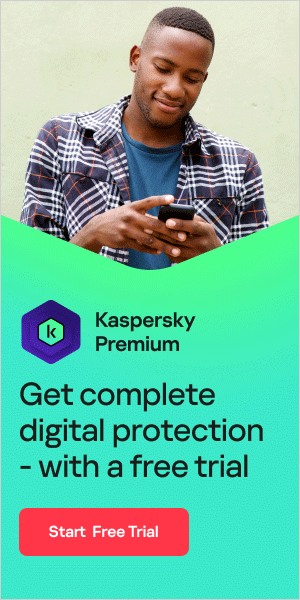
You receive an email politely requesting a donation for victims of the most recent hurricane to make landfall. The sender's domain reads "help@ushurricanesurvivors.net" and though the organization could be legitimate, you haven't heard of it. Usually your spam folder shields you from these kinds of emails, but for some reason this one is sitting at the top of your inbox. You're computer savvy, and you're not taking chances with any email from an organization that's asking for personal and financial information. This is especially true when you didn't request it and can't verify its identity.
Whether we like it or expect it, you will be the target of these phishing emails every day. Most of us have gotten relatively good at identifying these emails and using common sense to not comply with their requests. Still, it's not always clear what steps to take when you receive a phishing email that has skirted around your spam folder.
What Do Phishing Emails Look Like?
One of the reasons phishing emails are so sinister — and unfortunately often successful — is that they're crafted to look legitimate. Sometimes it's difficult to recognize what's genuine and what's a phishing attempt. Generally, the following features are common among phishing emails and should raise red flags:
- Attachments or links
- Spelling errors
- Poor grammar
- Unprofessional graphics
- Unnecessary urgency about verifying your email address or other personal information immediately
- Generic greetings like "Dear Customer"
Tips for Avoiding Phishing Emails
Being vigilant about spotting phishing emails is key. If you've come across one in your inbox, use these strategies to avoid becoming a victim of a phishing attack.
- Delete the Email Without Opening It.
Most viruses activate when you open an attachment or click a link within an email. But some email clients allow scripting, which makes it possible to get a virus simply by opening a suspicious-looking email. Best to avoid opening them all together. - Manually Block the Sender.
If your email client allows you to manually create a block, you should do so. Make a note of the sender's email domain, and then add the sender to a blocked list. This is especially smart and helpful if you share the email box with anyone in your family. Someone else might stumble upon a legitimate-looking email that isn't part of your spam folder and do something they shouldn't. - Purchase an Extra Line of Security.
You can never be too safe. Consider purchasing antivirus software to help monitor your email box.
Just remember the best way to handle a phishing email is to delete it immediately. Whether you take any additional actions to limit your exposure to these attacks is a bonus.

